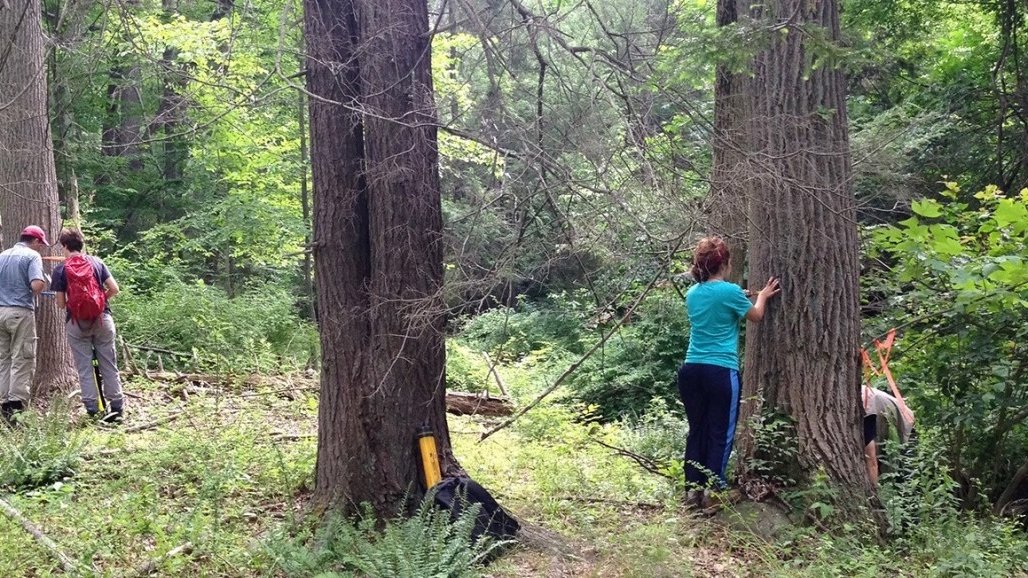Tree Rings Reveal Climate Secrets of the Forest
Mar 26 2019 | 10:12:57
By Marlene CimonsNeil Pederson's introduction to tree rings
came from a "sweet and kindly" college instructor, who nevertheless was
"one of the most boring professors I'd ever experienced," Pederson said.
"I swore tree rings off then and there." But they kept coming back to
haunt him.As a future forest ecologist, he needed to learn more
about the history of forests. So he read countless articles in graduate
school extolling the importance of tree rings in unraveling a forest's
past. Ultimately, "I fell in love with the beauty and wealth of
information found in tree rings," he said. "Since then, tree rings have
revealed to me the absolute resiliency of trees and forests. I'm
hooked."
Today, he and his colleagues are using the data
inherent in these ancient sources of nature to better understand the
impact of climate change and carbon dynamics on forests, all the more
valuable because data from long-lived trees can reach back decades, even
centuries. This is far longer than modern satellite imagery, carbon
dioxide measurements, and computer models, whose high-tech information
gathering only stretches back about 30 years."What tree rings can
do is enhance those records," Pederson said. "The satellite record …
represents a small portion of the life of a tree, let alone the 'life'
of a forest. Further, it only captures the weather 'norm' for a region
and, as we are learning, climate varies over time. The weather norms or
averages on your nightly weather reports are based on 30-year means. So,
while satellite records are good at covering space, they might be
limited in what they can tell us about forests due to shortness of these
records."
